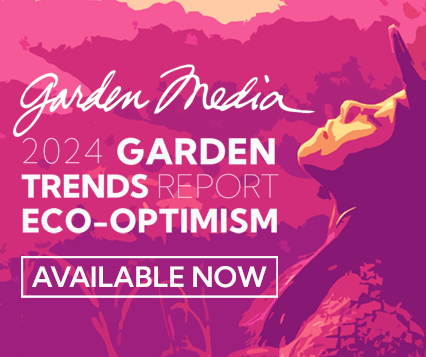Creativity and innovation go hand-in-hand at thinking outside the box. It allows the brain to be used to create something out of nothing or even to fix something when it’s not working. But what happens when you get stuck in the box?

The Kirton Adaption-Innovation (KAI) is an evaluation tool that measures your style of creativity and problem solving based on your range of adapting or innovating. If you want to do things better, you probably would score higher on the adaptive range. Want to be different? You’d be on the innovative side. Thomas Edison was probably adaptive, while Albert Einstein was probably innovative.
Richard Tait invited Garden Media to try it for ourselves at our monthly ‘Lunch with a Pro’ workshop.
Richard, who has a Ph.D. in physics, co-founded the DuPont Company’s worldwide Creativity and Innovation Center. Today he is an international consultant in innovation and new corporate and product ventures.
GMG invited Richard for a lunch and learn to help our team brainstorm bigger and better ideas for our clients.
Read on to continue learning about Richard, KAI and what Garden Media learned.
- Everyone is creative, just in different ways.
The KAI model is split into two sections: Adaptive and Innovative. Neither is better than the other.
Adaptive people are more focused on making existing things better. Example: Accounting.
Innovative people are focused on how to do things differently. Example: Research and Development.
- Coping energy is important.
Sometimes you get stuck with a job or assignment that falls on the opposite end of the KAI spectrum than where you are. The best way to handle that situation is to find a partner to balance out the thinking.
For example, if you are awful with numbers and get assigned to an accounting role, pull someone who is good with numbers to help you out and get the job done. - Innovation is not a solution, it’s a process.
You aren’t going to come up with the best idea right out of the gate.
Richard showed us, we need to think different about how we brainstorm for clients and what information we need from them. It takes time to turn a good idea into a great idea. He also told us brainstorming is a necessary process, but only to empty the box of all old ideas. Once you empty the box, you can begin to think outside of it.
- Listening more effectively.
Richard taught us that you hear faster than others talk. So your brain automatically finishes their sentences after only a few words and you start formulating a response in your head. He said we need to listen fully and with intention. It’s important to actually hear what others are saying and understand why it’s important to them, rather than trying to respond immediately. We all agreed this was a great inter-personal tip, too.
Richard is a leading expert at the KAI process and has shown Garden Media the true powers of cognitive style of thinking.
It was fun to see where everyone at Garden Media fell on the scale and where no one fell. Some of us were almost off the scale on innovation (guess who), but most of us were clustered along the top of the bell curve. It made us see the team in a different light and know who to go to, to balance the coping energy or to collaborate on an idea.
We’d like to give a big thank you to Richard Tait for taking the time out of his day to teach us! We look forward to part two – brainstorming - coming up in August!















